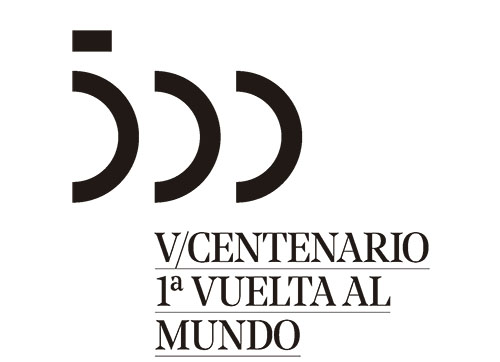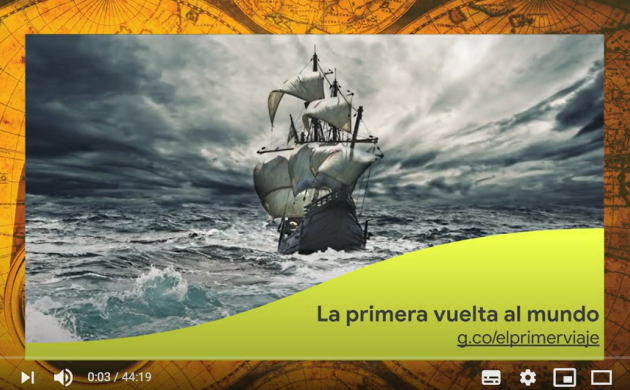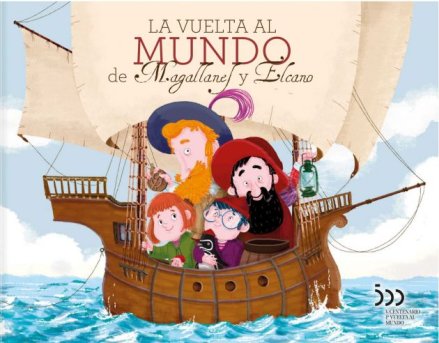On 10 August 1519, 250 men set sail from the port of Seville aboard five ships called Santiago, San Antonio, Trinidad, Concepción and Victoria. The expedition, known as ‘the Armada of the Moluccas’, was led by Ferdinand Magellan and its aim was to find the unknown passage between the Atlantic and Pacific oceans and reach the Spice Islands (as the Moluccas were then known) by sailing westwards. The expedition sailed along the Atlantic coast of South America as far as the unexplored southernmost tip, discovered the legendary passage between the two oceans, crossed the Pacific for the first time in history and reached the Moluccas, its intended destination. By that time the captain had died, more than two-thirds of the crew had perished and three of the five ships had disappeared. Only one ship, the Victoria, set out on the return journey across the Indian Ocean. The other, the Trinidad, attempted unsuccessfully to return via the Pacific route. The Victoria sailed nonstop for months along the route of the ‘roaring forties’, around the Cape of Good Hope, up the Atlantic and, after making a short, dramatic stopover at Cape Verde, finally reached the port from which it had departed: Seville. Only 18 men remained. The Victoria had completed the first ever circumnavigation of the Earth.
The first voyage around the world is possibly the greatest maritime adventure of all time, a technical and human feat whose drama is beyond the imaginable, but above all – and this aspect is often eclipsed by the sensational adventure – it is a key event in history, the epilogue to a series of ocean voyages that set off from the Iberian Peninsula and revolutionised human knowledge, laying the foundations for the modern world.
On returning to its starting point after sailing westwards, the Victoria connected the great oceans of the Earth; it completed the picture and dimensions of the Earth and made mankind aware of the planet we live on. Thenceforward frontiers would be different.
The first voyage around the world is the symbol of a period in which man’s will, boldness and yearning to learn about the world prevailed over fear of the unknown, but it is also a symbol of what lies beyond, the attitude of men of all periods towards frontiers and the challenges of exploration. The first voyage around the world is in itself a metaphor of all voyages: from the major collective challenges to minor individual challenges.

















